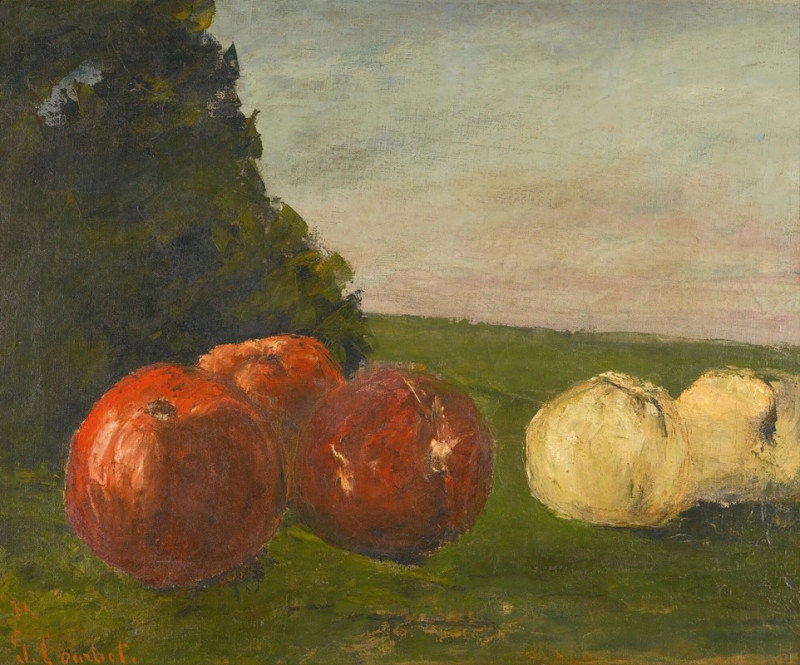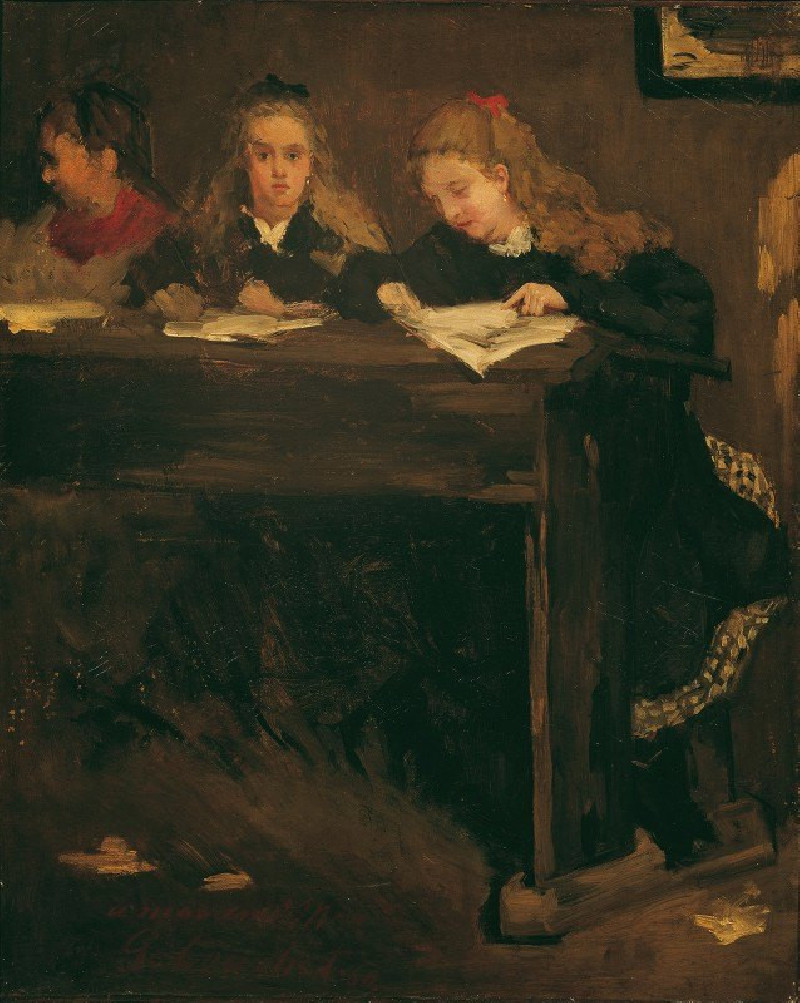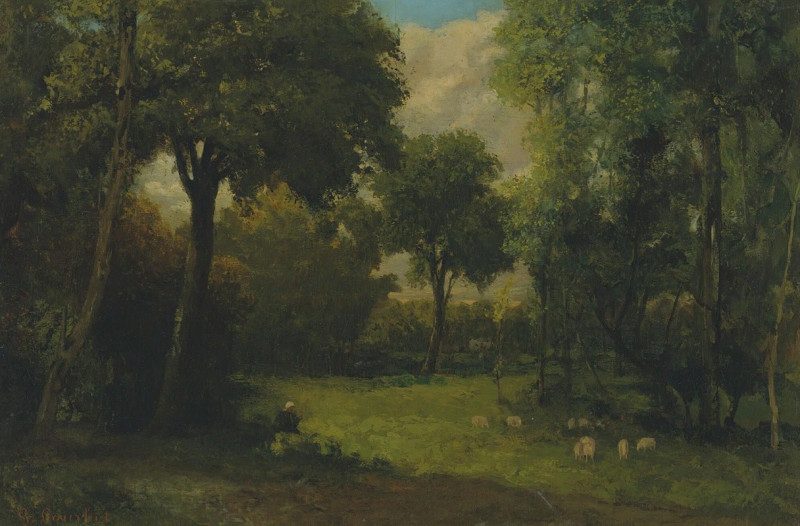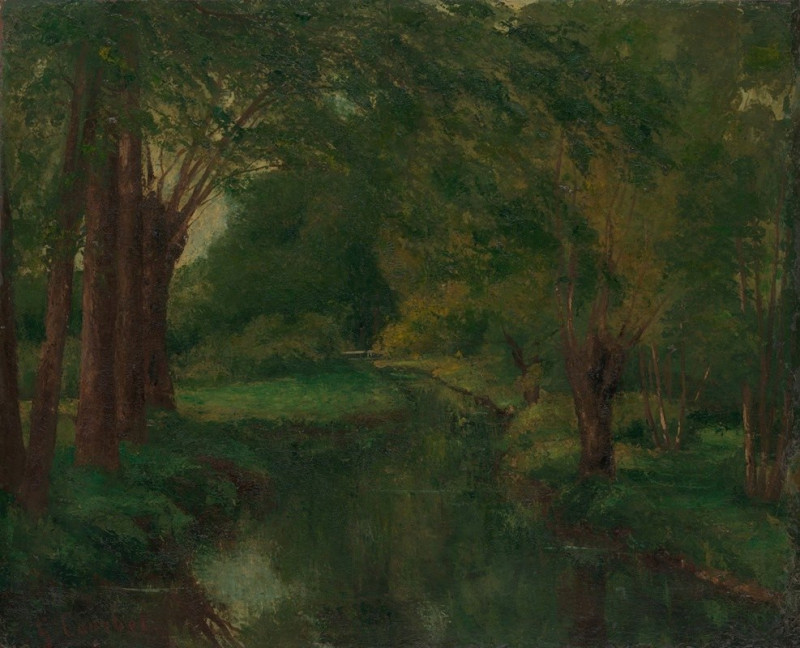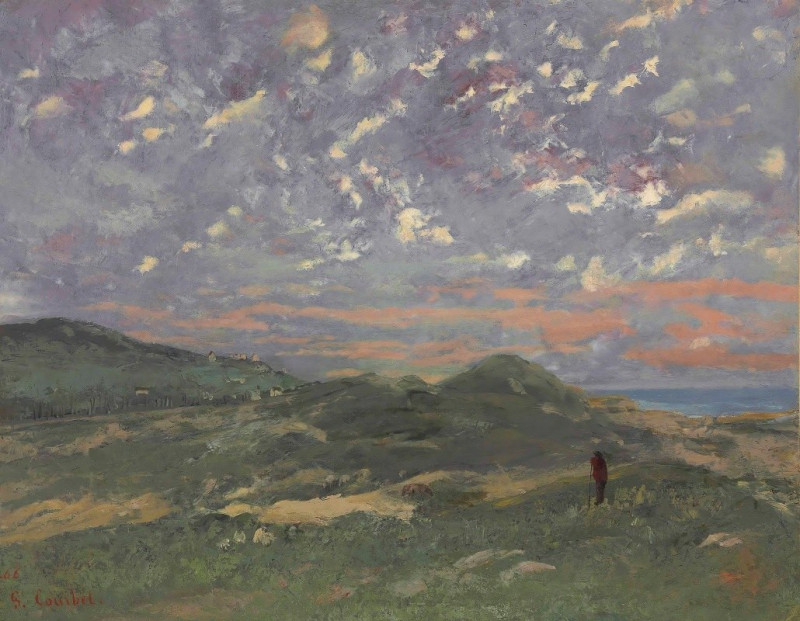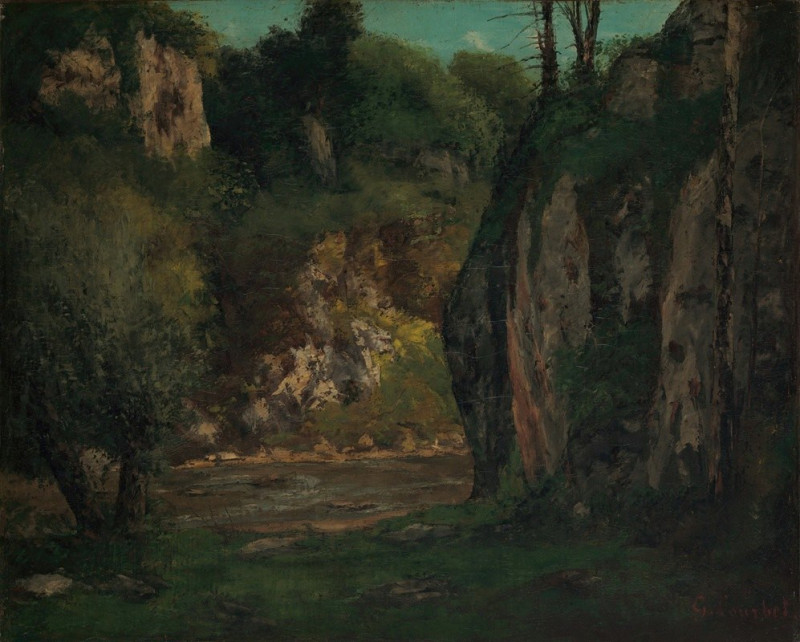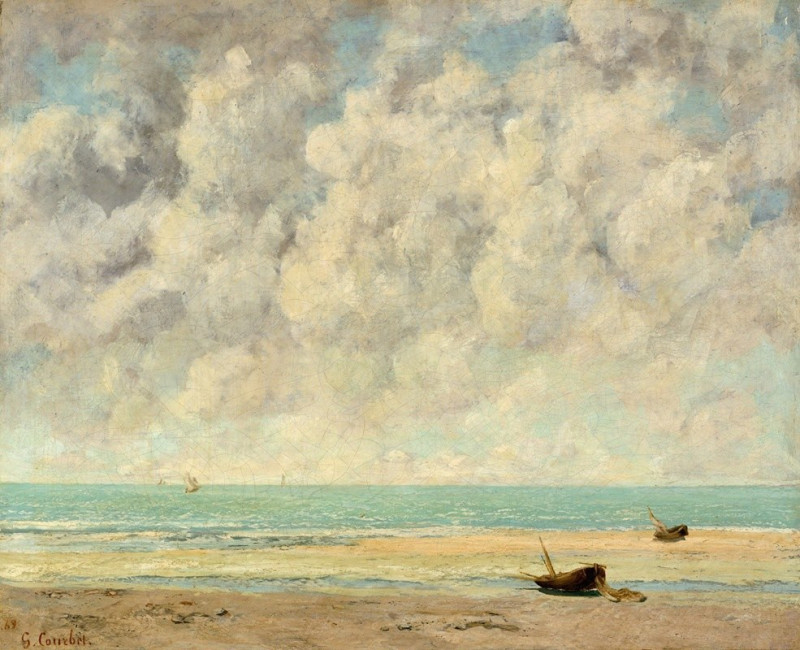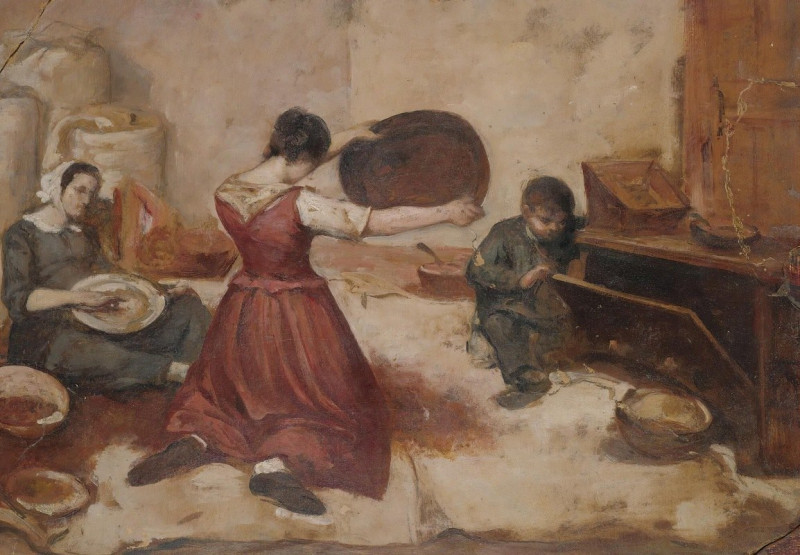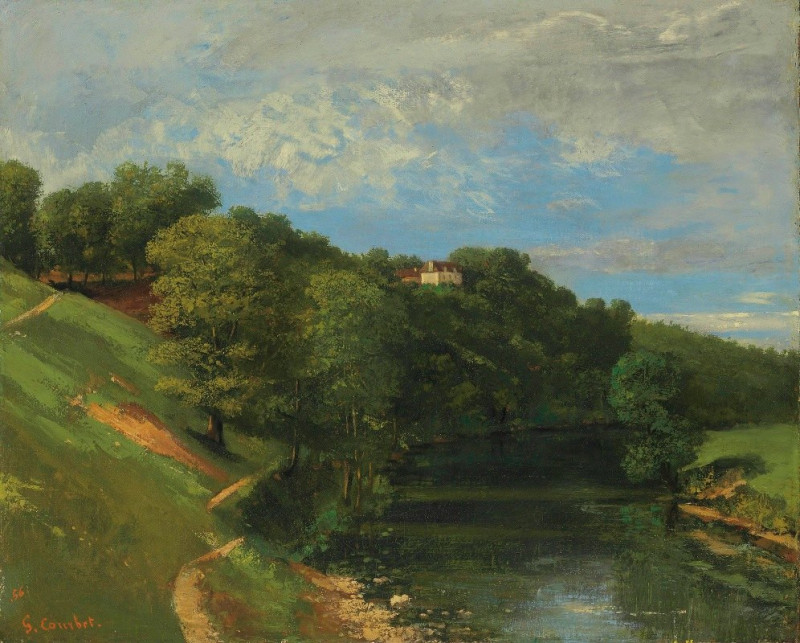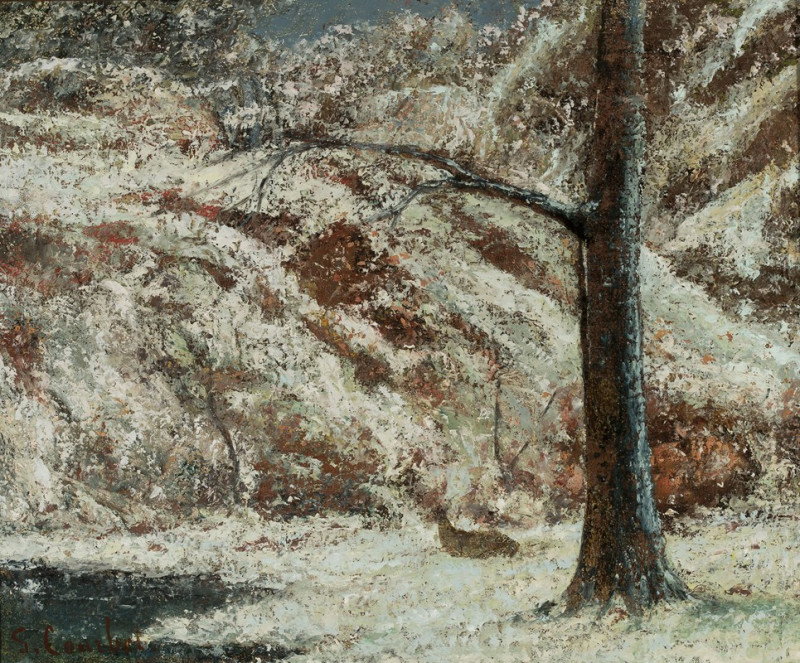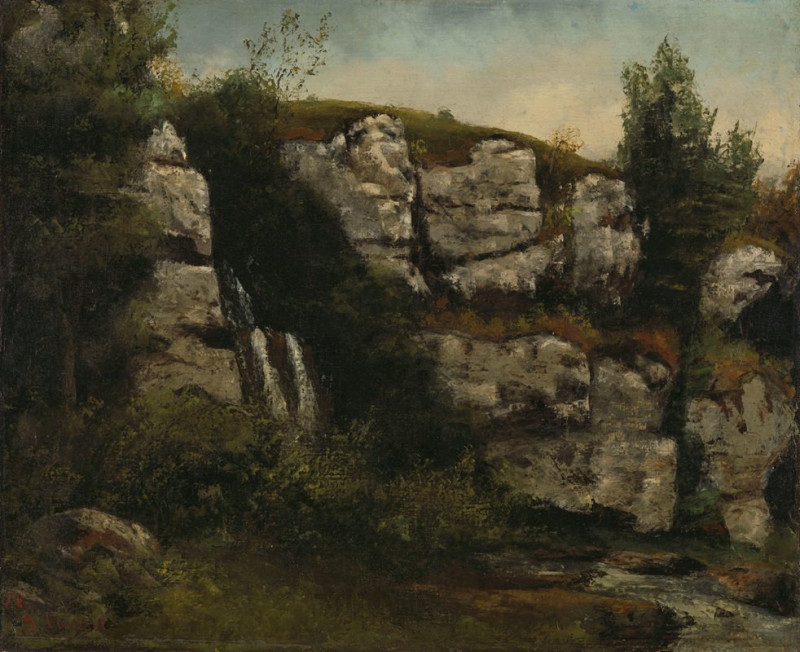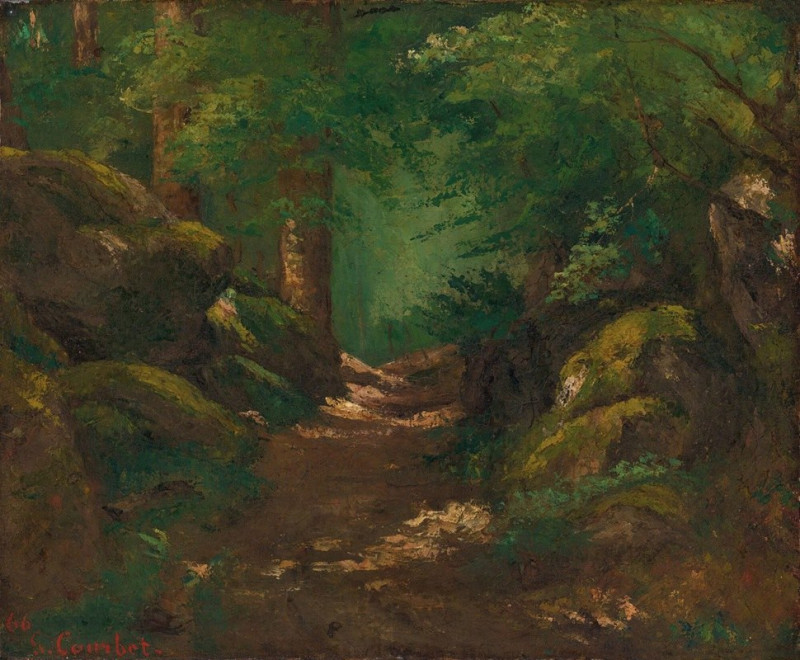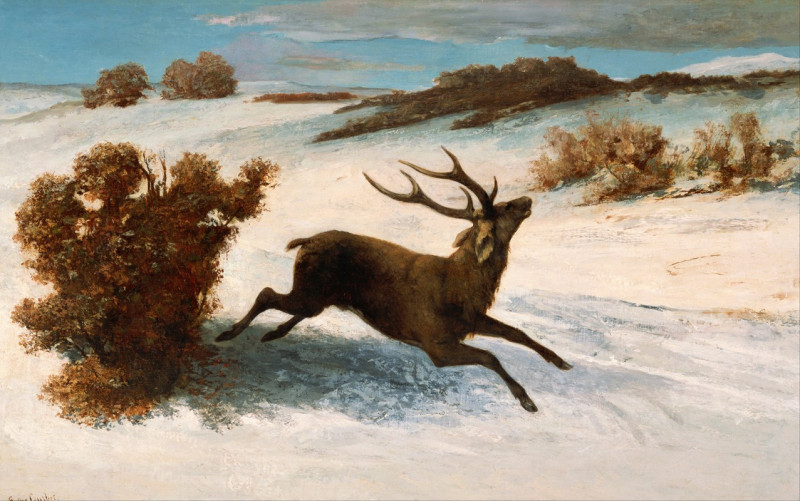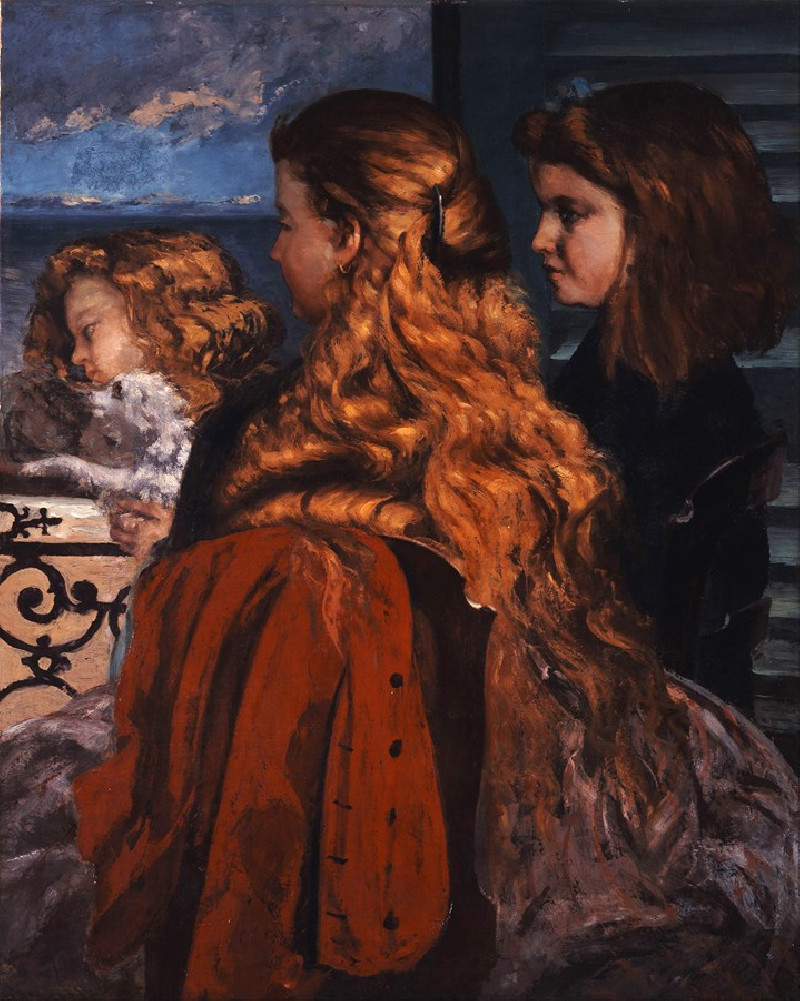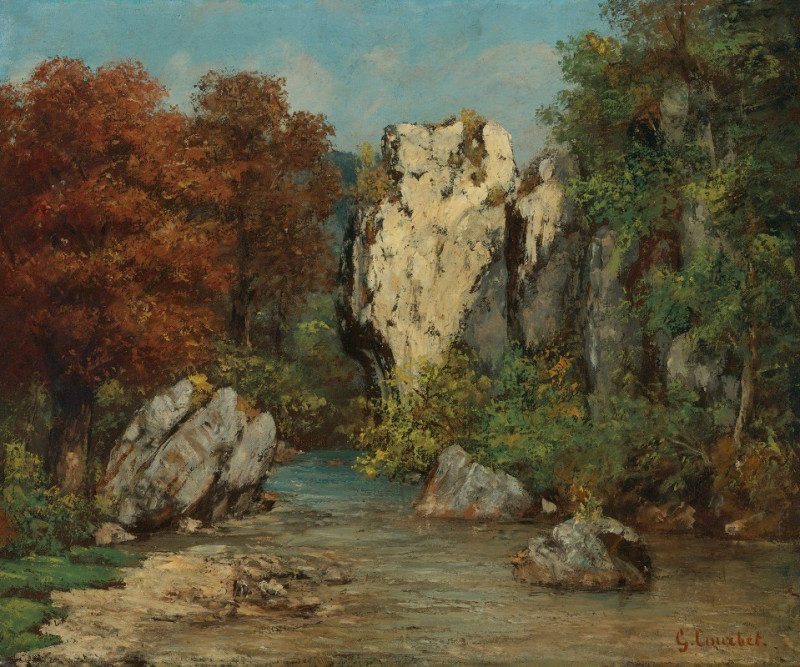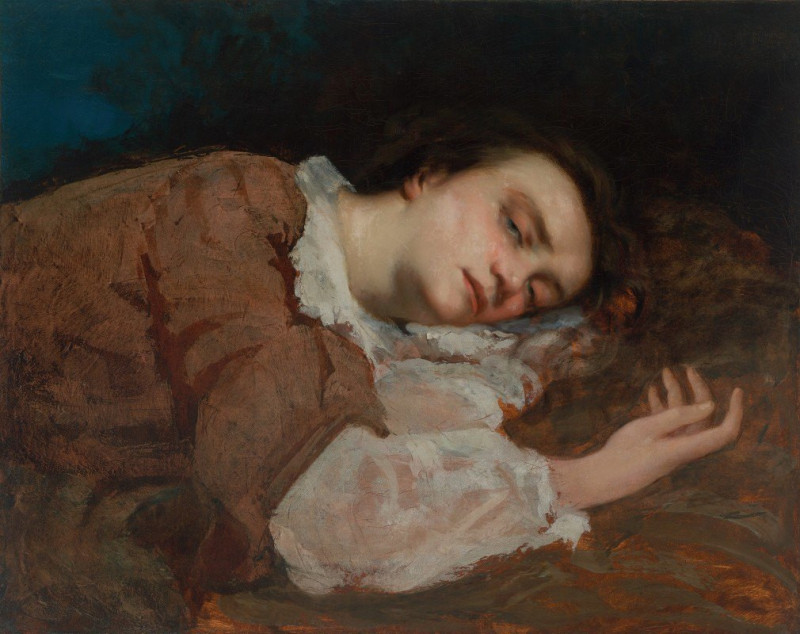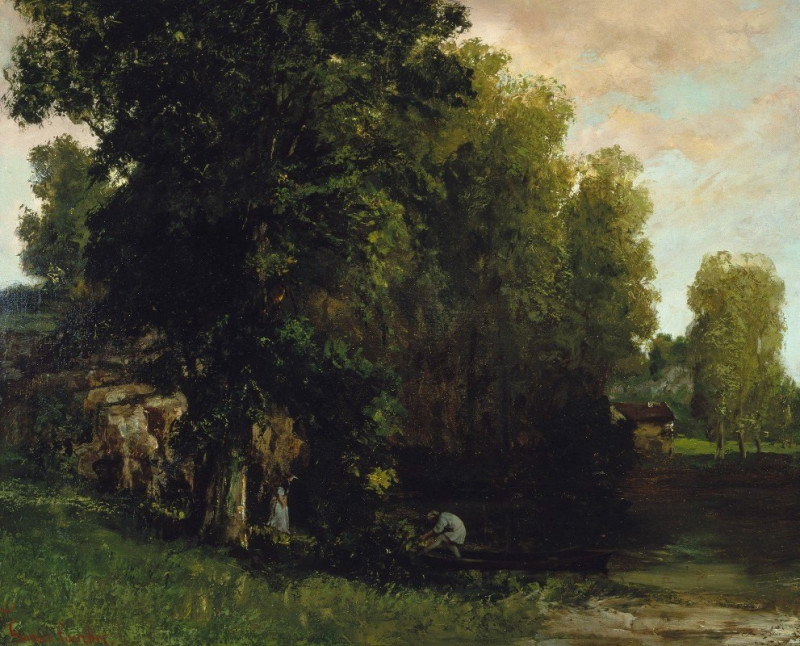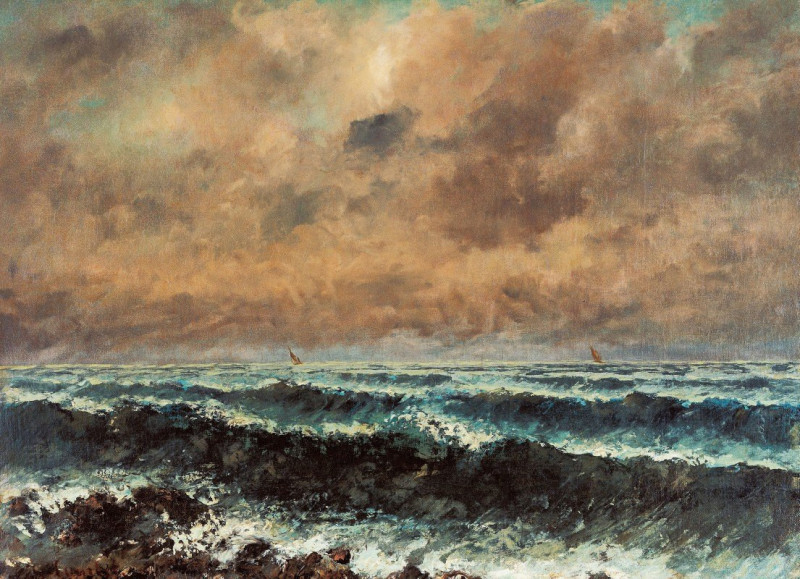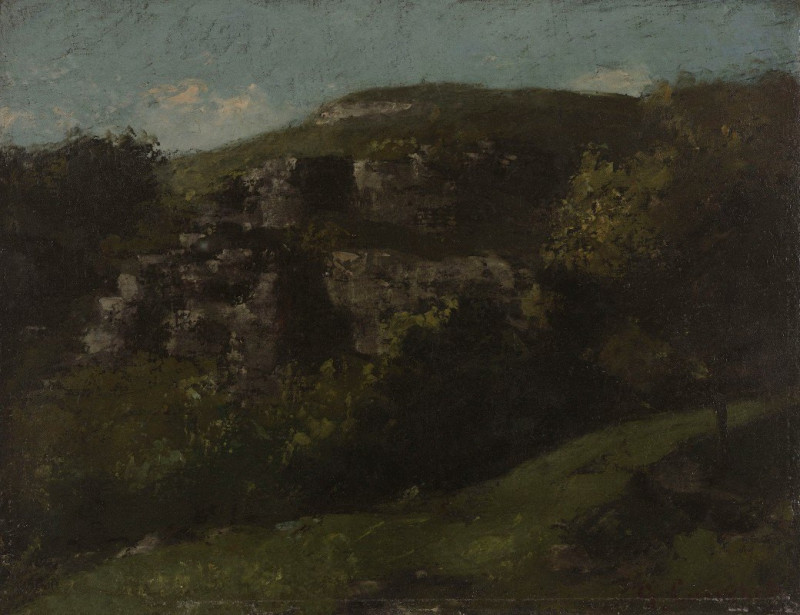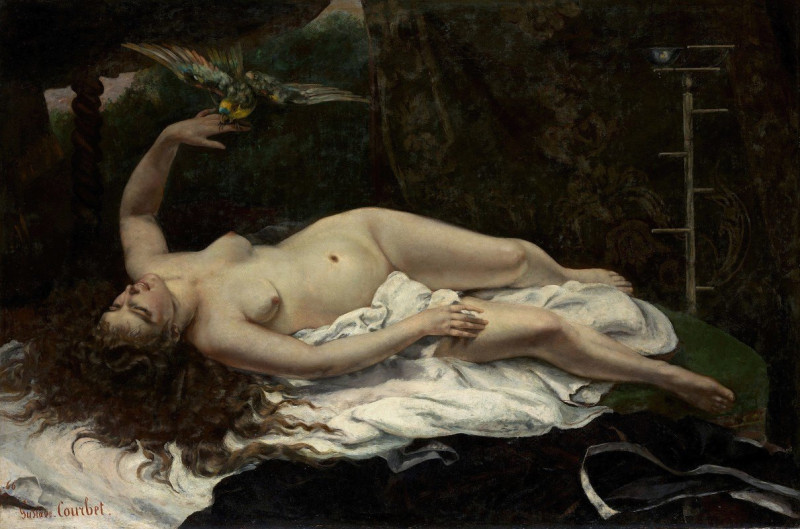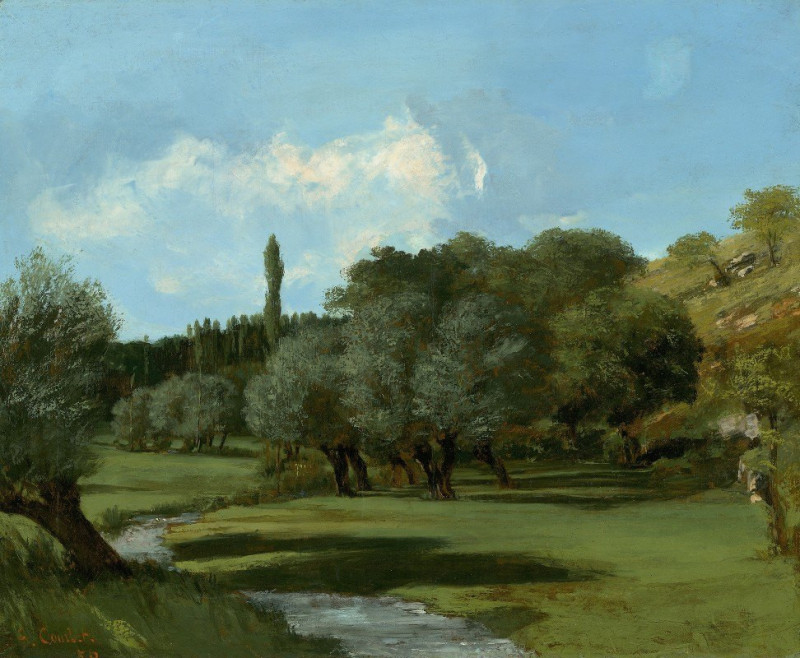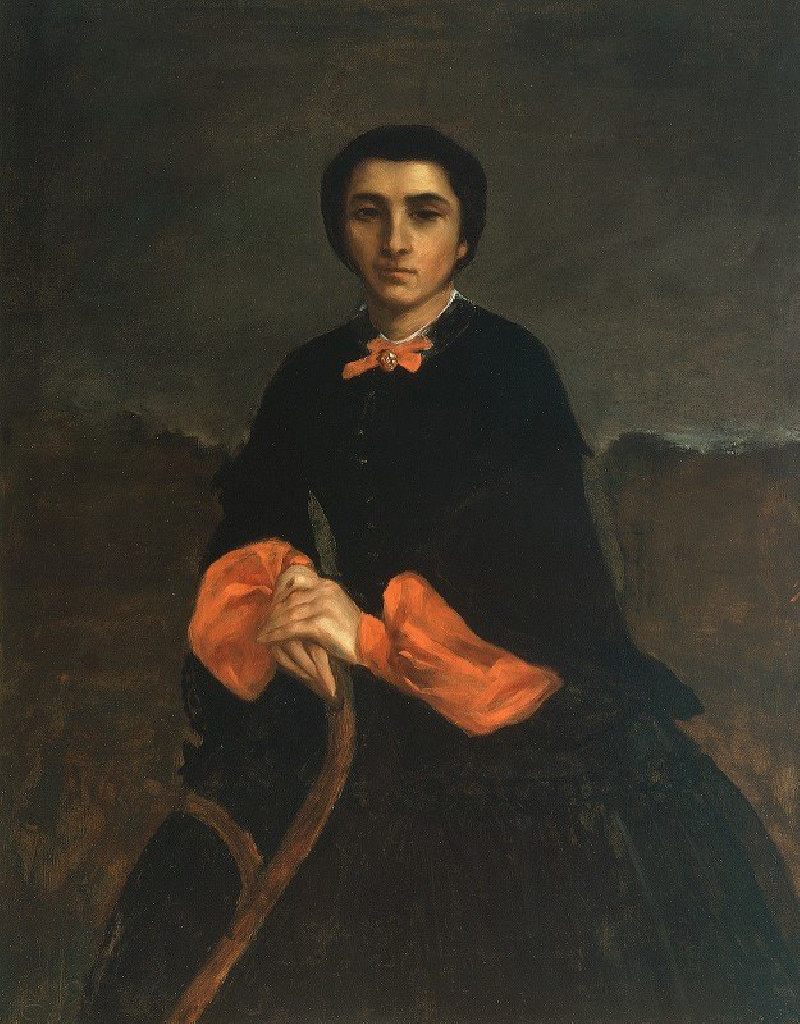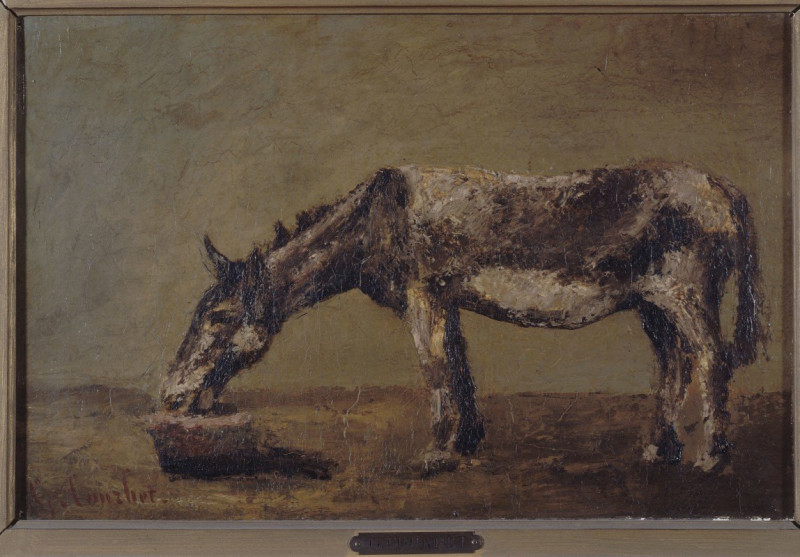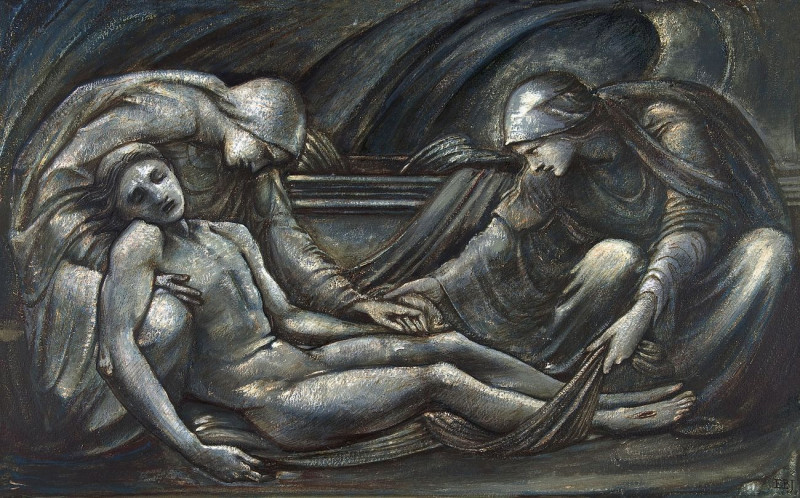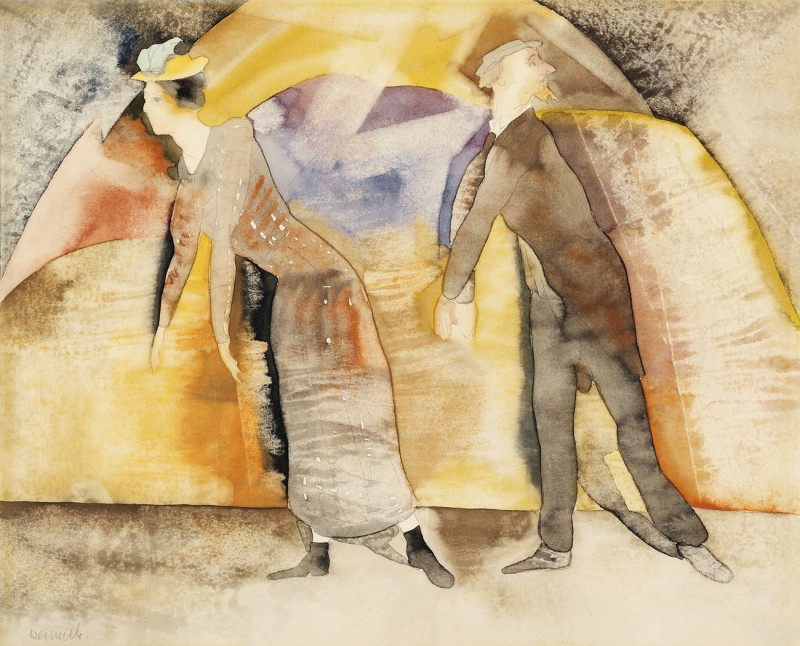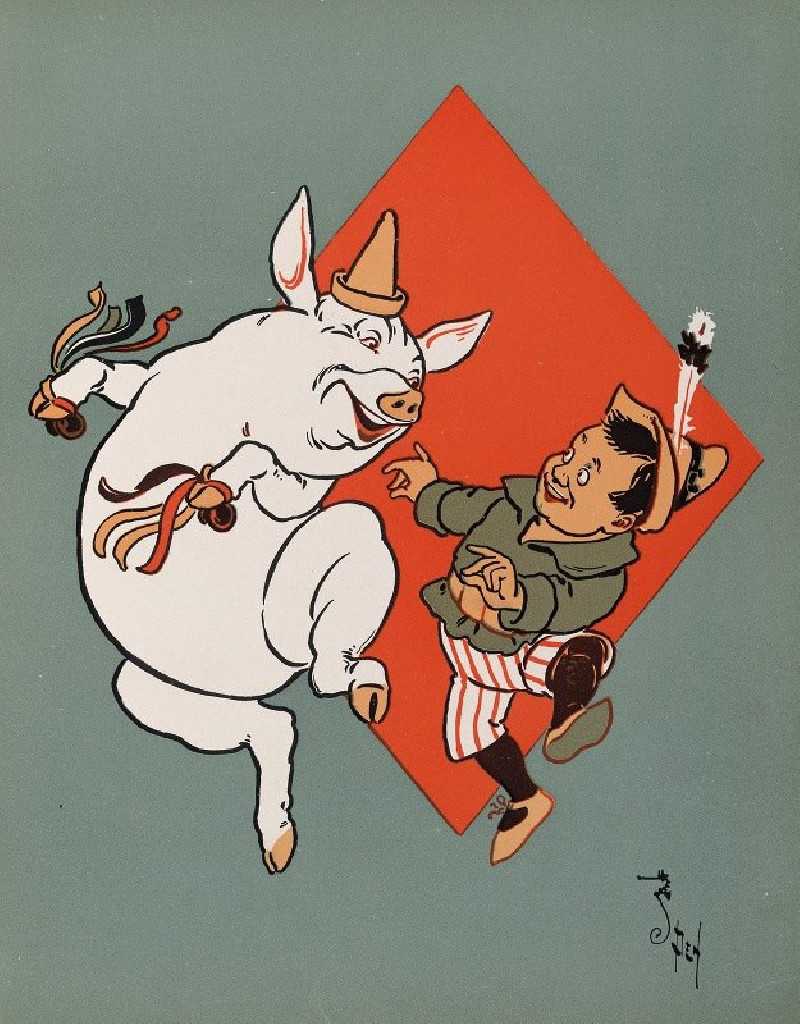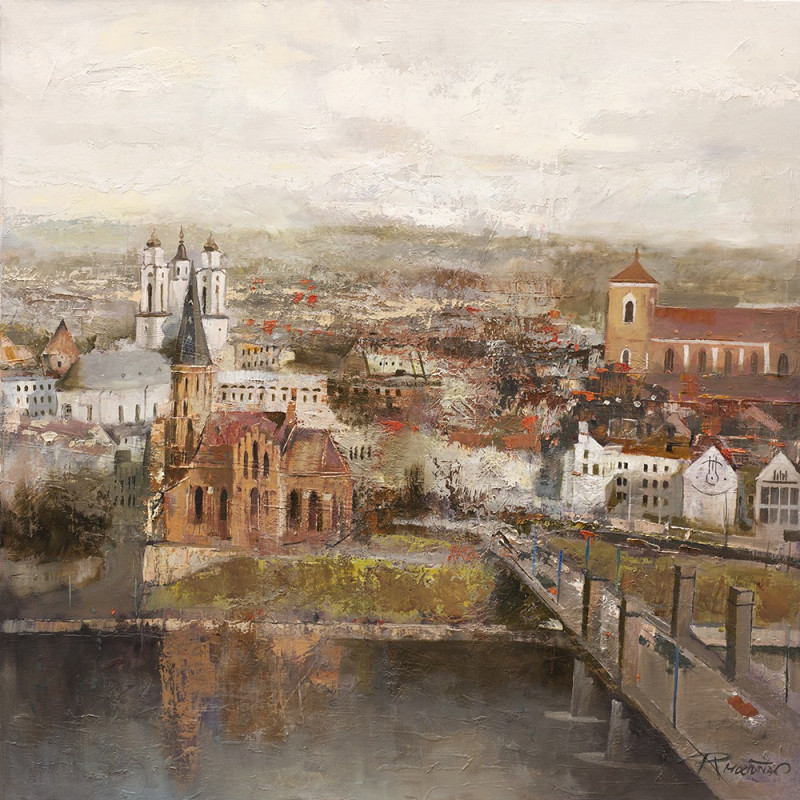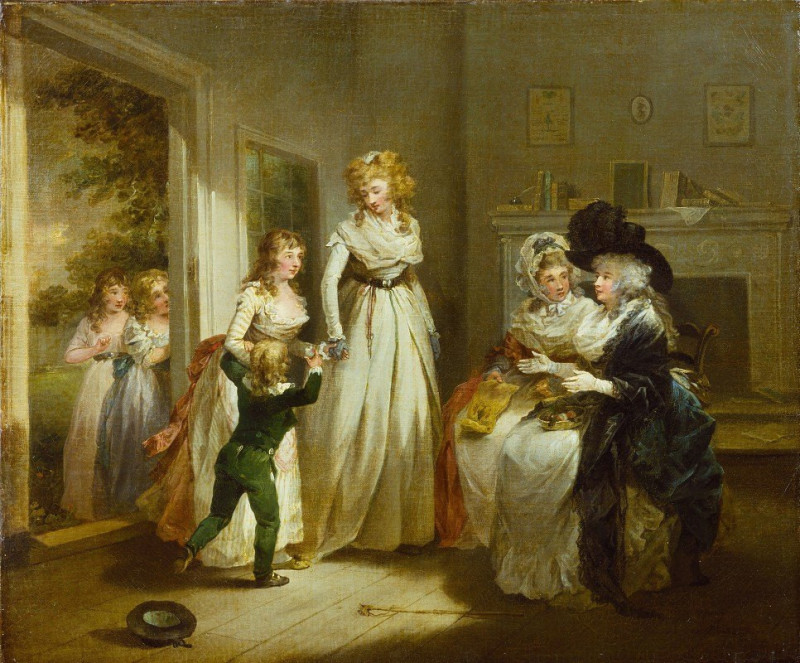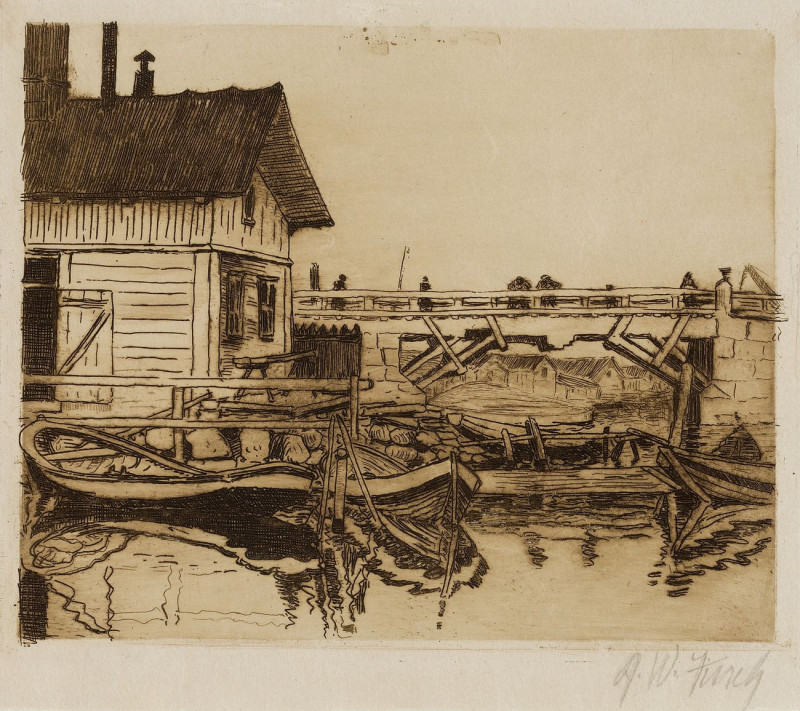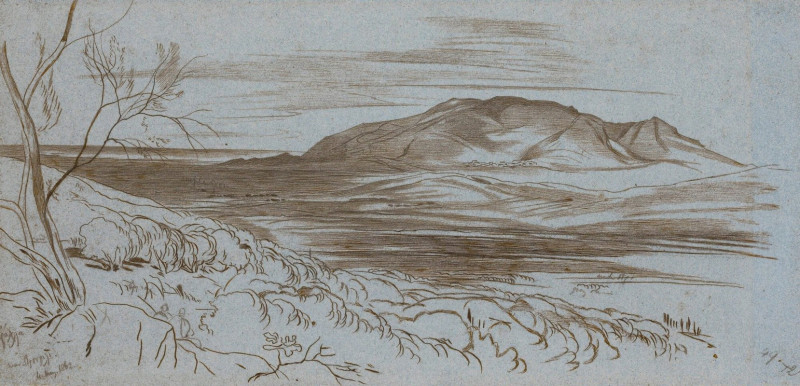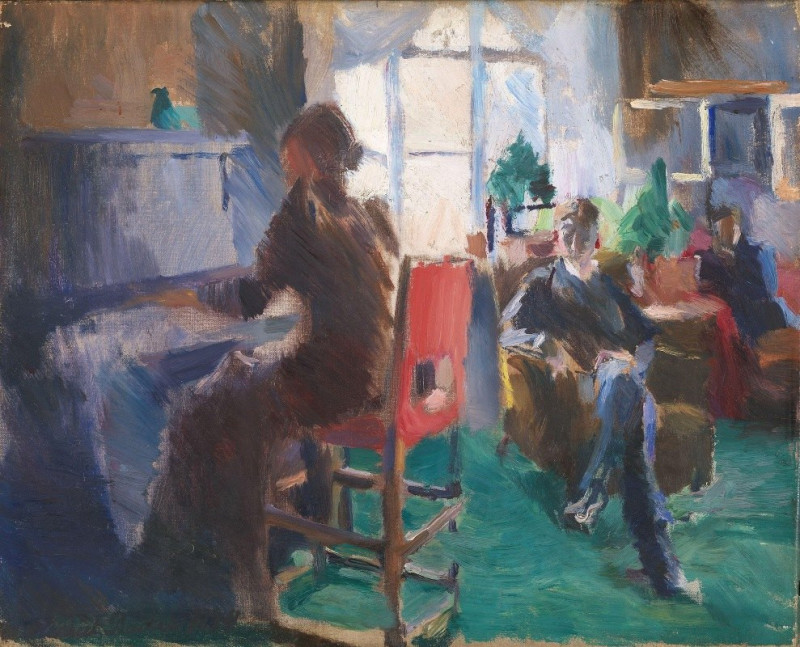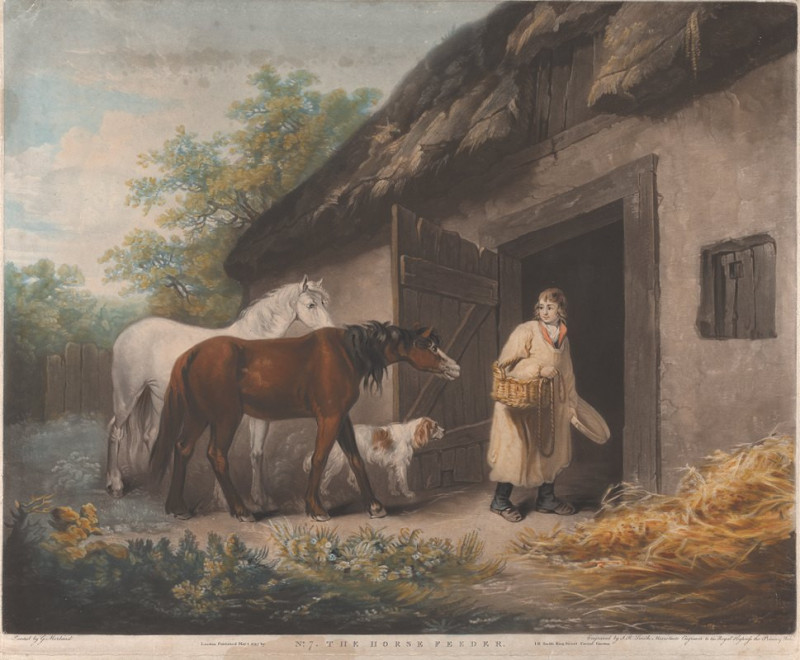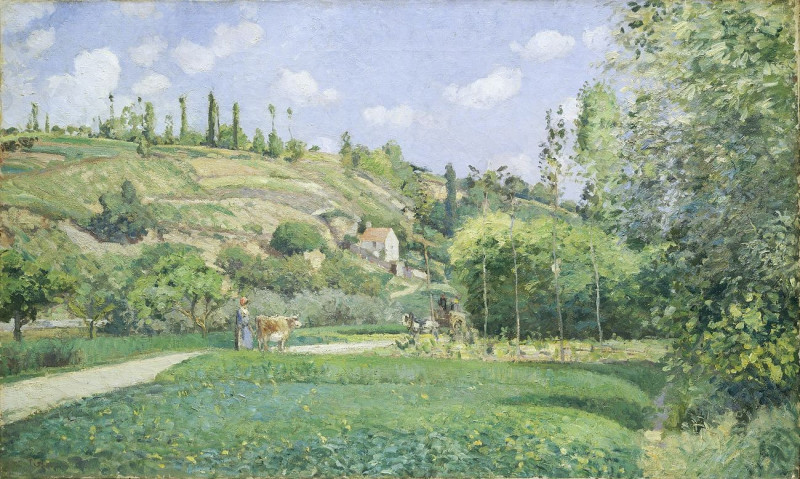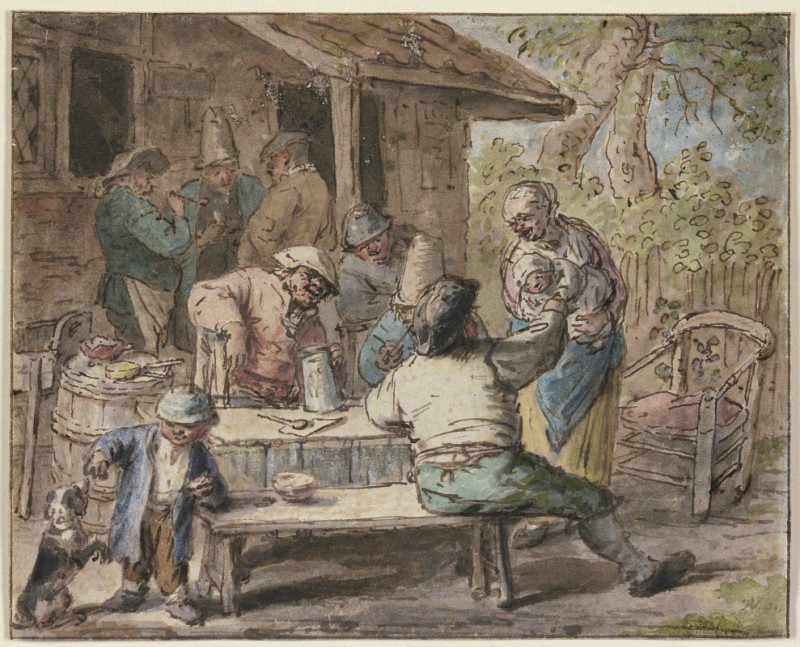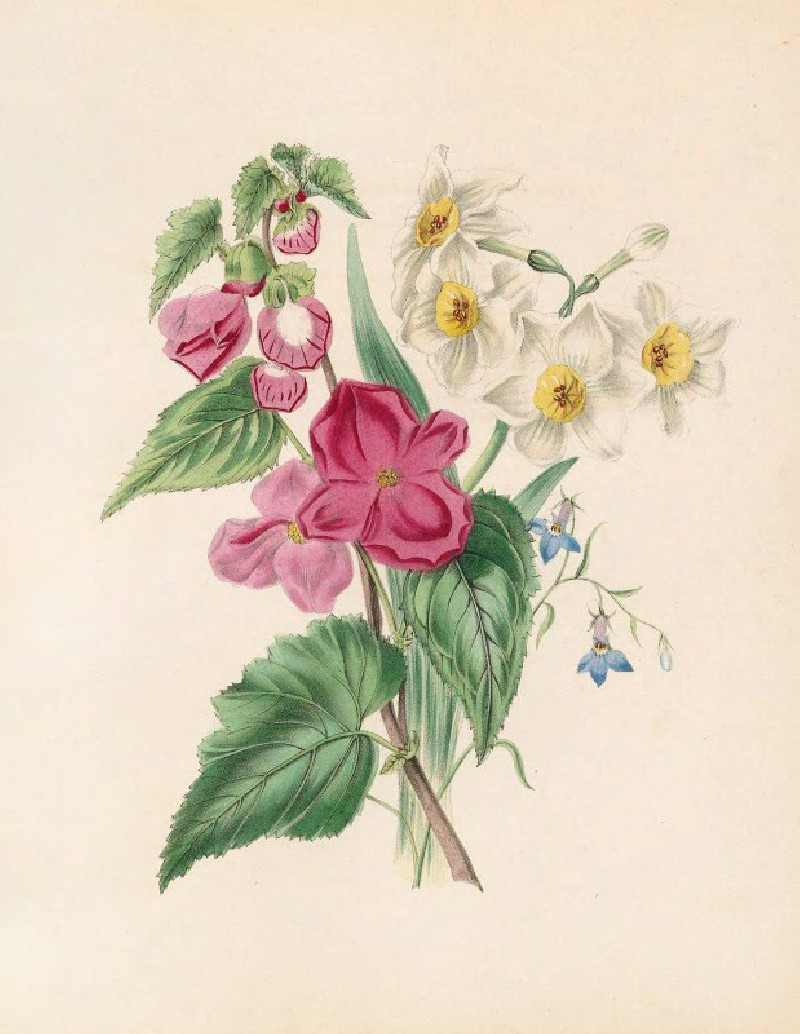Nature morte (1871)
Technique: Giclée quality print
Recommended by our customers
More about this artwork
Exploring the simple grandeur of everyday objects, Gustave Courbet’s "Nature Morte" (1871) captures a serene moment in time with its up-close depiction of vibrant apples set against a softly brushed background. This painting embodies typical elements of the Realism movement, focusing on everyday objects devoid of romantic embellishment.At the forefront, the painting features an arrangement of three apples, richly textured and illuminated, with a rustic semblance that draws the viewer’s attention to their natural beauty. The apples on the left showcase shades of deep red and orange with hints of visible brush strokes that add depth and realism. In contrast, the apple on the right, painted in tones of pale yellow, seems slightly removed both in space and hue, creating a subtle narrative about diversity and distance.Behind the apples, Courbet uses muted green and soft sky-blues to construct a tranquil background. This backdrop, divided between a verdant tree and an expansive sky, provides a peaceful, pastoral context that enhances the still life’s primary subjects.Courbet’s use of color, light, and texture in "Nature Morte" invites the viewer to consider the beauty in the mundane and the skill in rendering ordinary objects with extraordinary appeal.
Delivery
Returns
Jean Désiré Gustave Courbet (10 June 1819 – 31 December 1877) was a French painter who led the Realism movement in 19th-century French painting. Committed to painting only what he could see, he rejected academic convention and the Romanticism of the previous generation of visual artists. His independence set an example that was important to later artists, such as the Impressionists and the Cubists. Courbet occupies an important place in 19th-century French painting as an innovator and as an artist willing to make bold social statements through his work.

